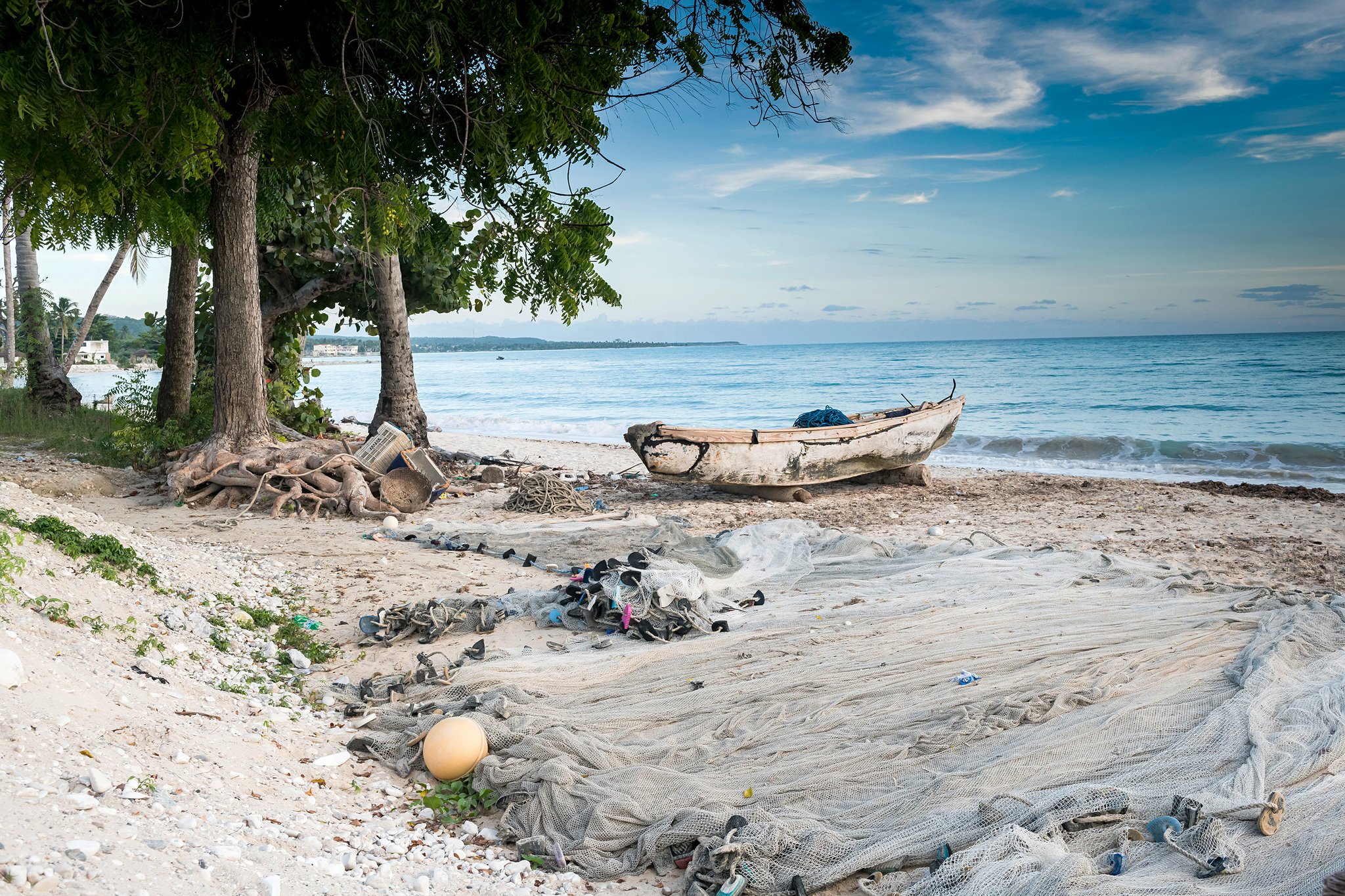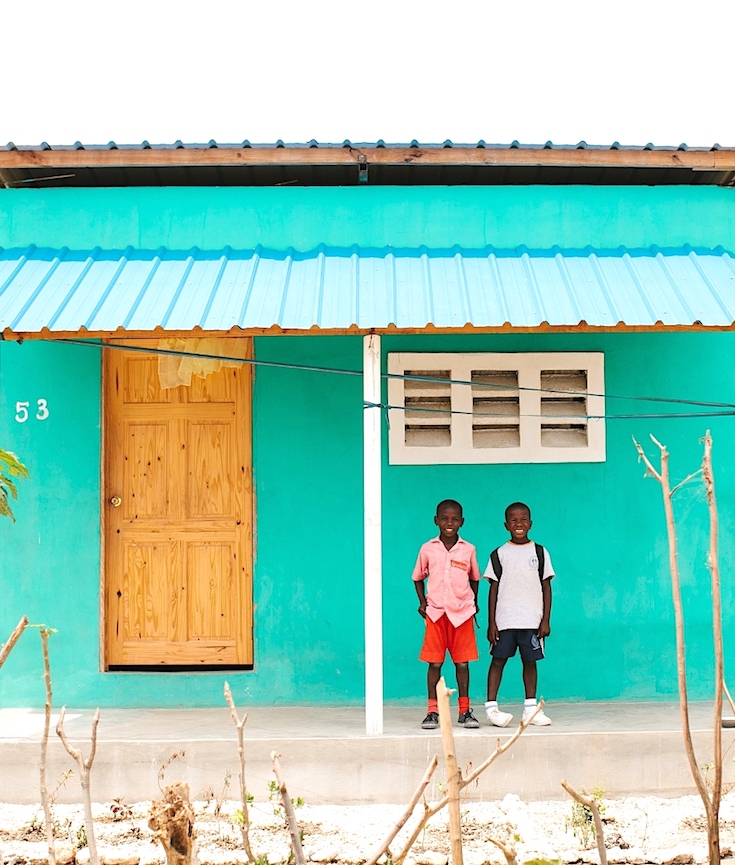[dropcap]Haiti[/dropcap] is a fixture in my mind, as permanent as memories of high school graduation or the weekend I first met my wife.
I lived there twice as an American diplomat for a total of four years since 2000, but its hold on me is not a function of time. Of all the countries I lived and worked in, Haiti stood out as the most beautiful, the most colorful and the poorest. It melds French, African and Caribbean cultures into something truly unique, less than two hours from Miami. Yet it also resists easy definition. It is an open, free place filled with secrets.
Today there are conflicting signs about where Haiti is going. The U.N. Security Council decided recently to close down the peacekeeping mission it has maintained in Haiti since 2004.
The U.N. Secretary-General’s final report on the mission concluded: “The many setbacks and challenges notwithstanding, including the disaster caused by the January 2010 earthquake and at least six major hurricanes, substantial headway was made, and today the Haitian people enjoy a considerable degree of security and greater stability.” [mc4wp_form id=”6042″]
The last day of the mission was Oct. 15. (A successor mission will have a much smaller footprint.) Since then, the United States has revoked the temporary protected status of nearly 60,000 Haitians in the country, citing Haiti’s recovery as the reason for doing so. Jean-Michel Basquiat was just 19 years old, he received his first write-up in the art press. Then-critic Jeffrey Deitch had spotted his work in the “Times Square Show,” a game-changing group exhibition of radical New York art in 1980, and praised the young artist’s painting as a “knockout combination of de Kooning and subway spray paint.”
 Christopher Miller for The New York Times | Gagosian
Christopher Miller for The New York Times | Gagosian
 Christopher Miller for The New York Times | Gagosian
Christopher Miller for The New York Times | Gagosian
 Christopher Miller for The New York Times | Gagosian
Christopher Miller for The New York Times | Gagosian
 Christopher Miller for The New York Times | Gagosian
Christopher Miller for The New York Times | Gagosian
 Christopher Miller for The New York Times | Gagosian
Christopher Miller for The New York Times | Gagosian
NATIONAL MUSEUM OF AFRICAN AMERICAN HISTORY & CULTURE | WASHINGTON, DC
The National Museum of African American History and Culture is the only national museum devoted exclusively to the documentation of African American life, history, and culture. It was established by Act of Congress in 2003, following decades of efforts to promote and highlight the contributions of African Americans. To date, the Museum has collected more than 36,000 artifacts and nearly 100,000 individuals have become charter members. The Museum opened to the public on September 24, 2016, as the 19th and newest museum of the Smithsonian Institution. (Website).


You must be logged in to post a comment.